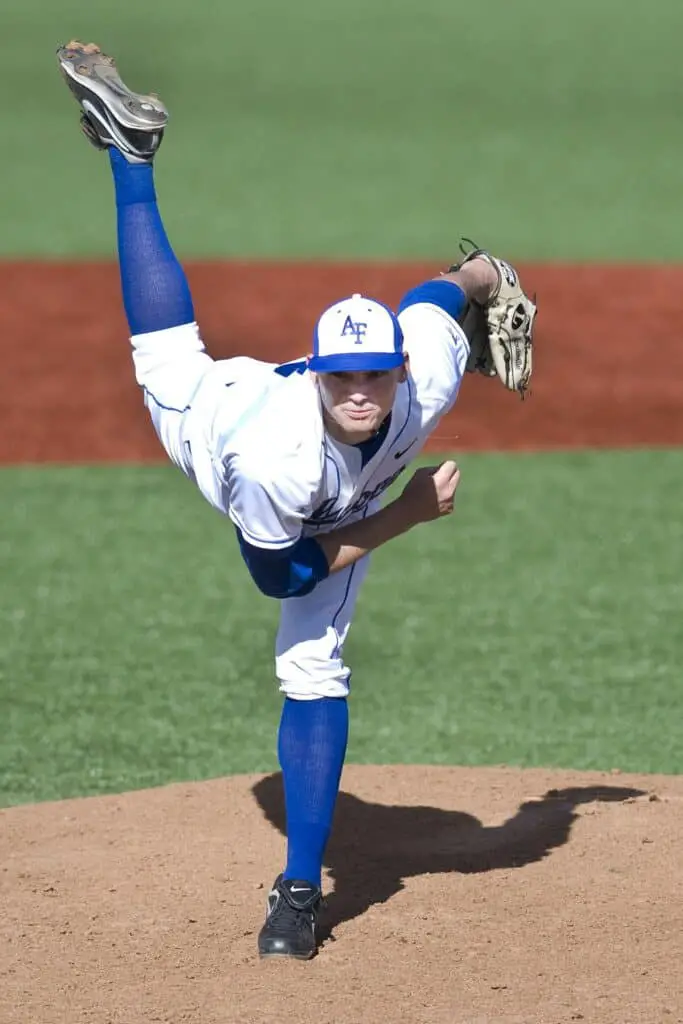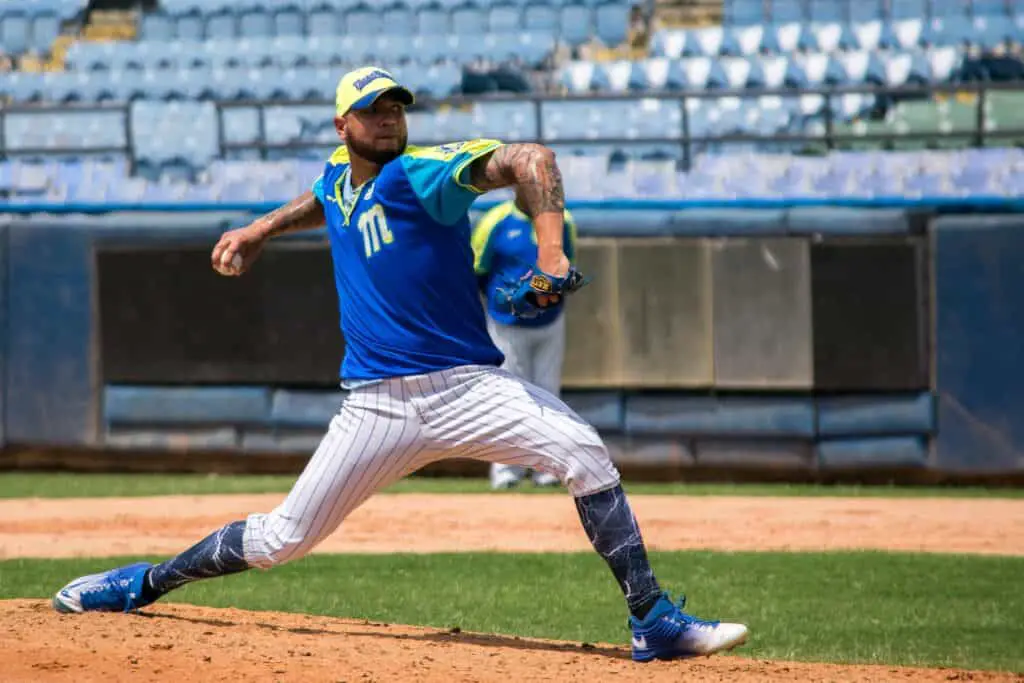Baseball is a game with various decisions to make. You need to pick a place that you appreciate, however that likewise permits you to take advantage of your natural abilities. By finding out about and rehearsing different positions, you can decide your best aptitudes and pick the correct position. The strength of the arm is one of the most important factors in baseball. Simultaneously, you will build your insight into the game and become a superior player by and large.
Of all outfield positions, the right defender frequently has the most grounded arm, since they are the farthest from third.
Click here to view and buy great Baseball gadgets.

How to identify the strongest arm?

- Make a rundown of qualities and shortcomings
To settle on the most ideal decision, you’ll have a decent feeling of what you dominate at, and what you may need to enhance. Make a few notes for yourself to rank your capacity in basic aptitudes, including:- Tossing speed
- Tossing separation
- Running pace
- Response time
- Getting capacity
- Pick a place that bodes well for your range of abilities
You may have your heart set on a specific position. Baseball is a group activity, in any case, and a group is just solid if its individuals are in the correct plays. Consider which aptitudes you are acceptable at, and pick a place that needs your qualities the vast majority of all, and permits you to take a shot at your shortcomings outside of game time.
For example, you may imagine that you’ve for the longest time been itching to be a shortstop, however, experience difficulty getting balls to other basemen as fast as the position requires.
Then again, perhaps nobody can contact your tossing separation. That implies that the correct field may be the situation for you. It will allow you to sparkle when you toss delightfully right over the field.
You can likewise take a shot at making fast tosses practically speaking opportunity to enhance your more fragile expertise. - Converse with your mentor
In case you’re keen on playing a specific position, your mentor can work with you on the most proficient method to improve, and attempt to give you practice at it. Or then again, in case you don’t know which position you need to focus on, converse with a mentor about it. They can give you criticism and offer perceptions about what your qualities may be so you can settle on the correct choice. - Try not to overspecialize
Great players will have the option to check any situation out and be in an ideal situation for it. Even though masters get a great deal of consideration for being a star in one position, mentors put an incentive in “utility players,” those ready to perform well in bunches of various plays and positions. Specialists likewise caution that overspecialization, particularly when you’re youthful, can hurt your playing ability.
In case you’re uncertain of what position to play, check them hard and fast!
In case you’re burnt out on playing one position, or need to grow your range of abilities, practice another one!
Inquire as to whether you need to have a go at something new.

Position description of Right defender: The strongest arm in the field
Outfielders must cover huge separations, so speed, senses, and speed to respond to the ball are vital. They should have the option to get fly balls over their head and on the run, just as forestall balls hit down the correct field foul line from moving beyond them. Being arranged 250–300 feet from home plate, they should have the option to toss the ball precisely over a significant distance to be successful. Of all outfield positions, the correct defender regularly has the most grounded arm, since they are the farthest from third base.
Just as the prerequisites over, the correct defender backs up a respectable starting point on all tosses from the catcher and pitcher, whenever the situation allows, and all hit balls, since the catcher or the first baseman must be accessible for handling the ball. The correct defender backs up a respectable halfway point on any ball tossed from the left half of the field, for example, shortstop, third base, or foul line an area. The correct defender backs up a respectable starting point when the first baseman is in an overview between third base and home.
The correct defender will in general be a more grounded hostile player than cautious, as right-gave hitters, which are more normal than left-gave ones, will in general draw the ball to left field, particularly in Little League. What’s more, dissimilar to at the expert level, where hitters can drive the ball into the outfield every which way, most Little League players can’t hit the ball out of the infield with any routineness. Therefore, the right field has built up notoriety in Little League just like a position where less skilled players can be “covered up” without harming a group’s guard in any huge manner.
People also ask
Who has the strongest arm in baseball?
Ichiro has the most grounded and most impressive arm of any outfielder in the significant groups today. Sprinters won’t attempt to propel additional bases when the ball is in Ichiro’s grasp. Ichiro has won a Gold Glove each of the 10 years that he has been in the significant groups.
What is the most important position in baseball?
The pitcher is the most significant situation in baseball, undoubtedly. Whomever toes the elastic directs such a large amount of the game that there’s even an immortal expression tossed around each MLB season: “Pitching wins titles.” That is except if your pitcher is Clayton Kershaw and your group is at the end of the season games.
Which baseball position is the easiest?
Given insights and the position’s dynamic association in the game, it’s accepted that the correct field is the most effortless baseball position to play. This is the case in light of the number of balls hit to the right-field contrasted with different situations on the field.